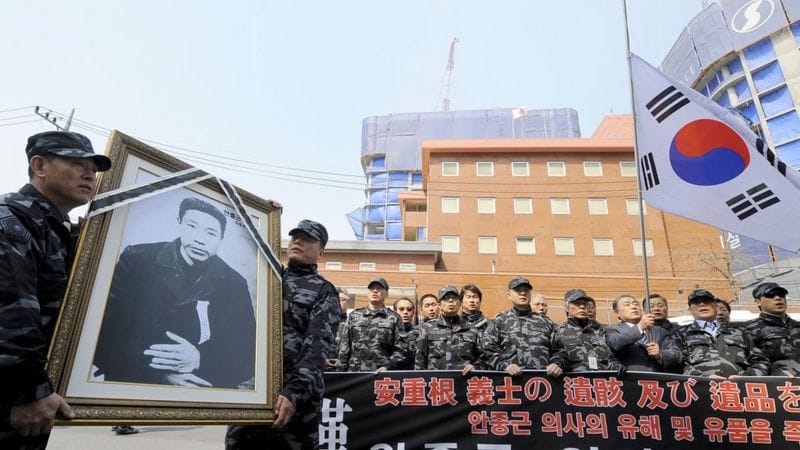The aviation community is grappling with the implications of a recent plane crash in South Korea, which has drawn significant attention from both officials and the public. The tragic incident, which resulted in the loss of several lives, has prompted an extensive investigation into the factors that contributed to the disaster. A key development in this ongoing inquiry is the revelation that the black boxes from the aircraft stopped recording approximately four minutes before the crash occurred.
Black boxes, formally known as flight data recorders (FDR) and cockpit voice recorders (CVR), are essential tools in aviation safety. They capture critical information about an aircraft’s performance and the conversations between pilots in the cockpit. This data is invaluable for investigators seeking to determine the causes of an accident. However, the premature cessation of recording in this case poses a significant challenge to the investigation.
Officials have confirmed that the black boxes were recovered from the crash site and have begun the process of analyzing the data that was captured prior to the recording stopping. The fact that the recording ceased just minutes before the disaster raises concerns about what information may have been lost. Investigators are particularly interested in understanding the events leading up to the crash, including any potential mechanical failures, pilot decisions, or external factors that may have contributed to the incident.
The South Korean aviation authority has stated that they are working closely with international aviation experts to analyze the data retrieved from the black boxes. This collaboration aims to ensure a thorough investigation that adheres to global aviation safety standards. The loss of life in this incident has heightened the urgency of the investigation, as families of the victims seek answers and accountability.
In the wake of the crash, there has been an outpouring of grief and support for the victims’ families. The South Korean government has pledged to provide assistance to those affected by the tragedy, including counseling services and financial support. Additionally, memorial services have been organized to honor the lives lost in the crash, reflecting the profound impact this event has had on the community.
As the investigation unfolds, officials are also examining the aircraft’s maintenance history and operational procedures. This includes reviewing the training and qualifications of the flight crew, as well as the airline’s adherence to safety regulations. The goal is to identify any lapses that may have contributed to the crash and to implement measures to prevent similar incidents in the future.
The aviation industry is no stranger to challenges, and incidents like this serve as a stark reminder of the importance of safety protocols and rigorous training. The findings from this investigation could have far-reaching implications for airlines operating in South Korea and beyond. If systemic issues are identified, regulatory bodies may take action to enhance safety measures and ensure that all airlines adhere to the highest standards of operation.
In addition to the technical aspects of the investigation, there is also a human element that cannot be overlooked. The families of the victims are grappling with their loss and seeking closure. Many have expressed their desire for transparency in the investigation process, emphasizing the need for clear communication from authorities regarding the findings and any potential recommendations for future safety improvements.
As the investigation continues, the aviation community remains vigilant, aware that each incident provides an opportunity to learn and improve. The data from the black boxes, despite the loss of crucial minutes, will still play a vital role in piecing together the events that led to the crash. Investigators are hopeful that the information available will provide insights that can enhance safety measures and prevent future tragedies.
In conclusion, the crash of the South Korean plane has raised significant questions about aviation safety and the effectiveness of current protocols. The premature cessation of recording from the black boxes adds a layer of complexity to the investigation, but it also underscores the importance of thorough analysis and collaboration among aviation experts. As the investigation progresses, the focus remains on uncovering the truth behind the disaster and ensuring that lessons are learned to protect future passengers.


